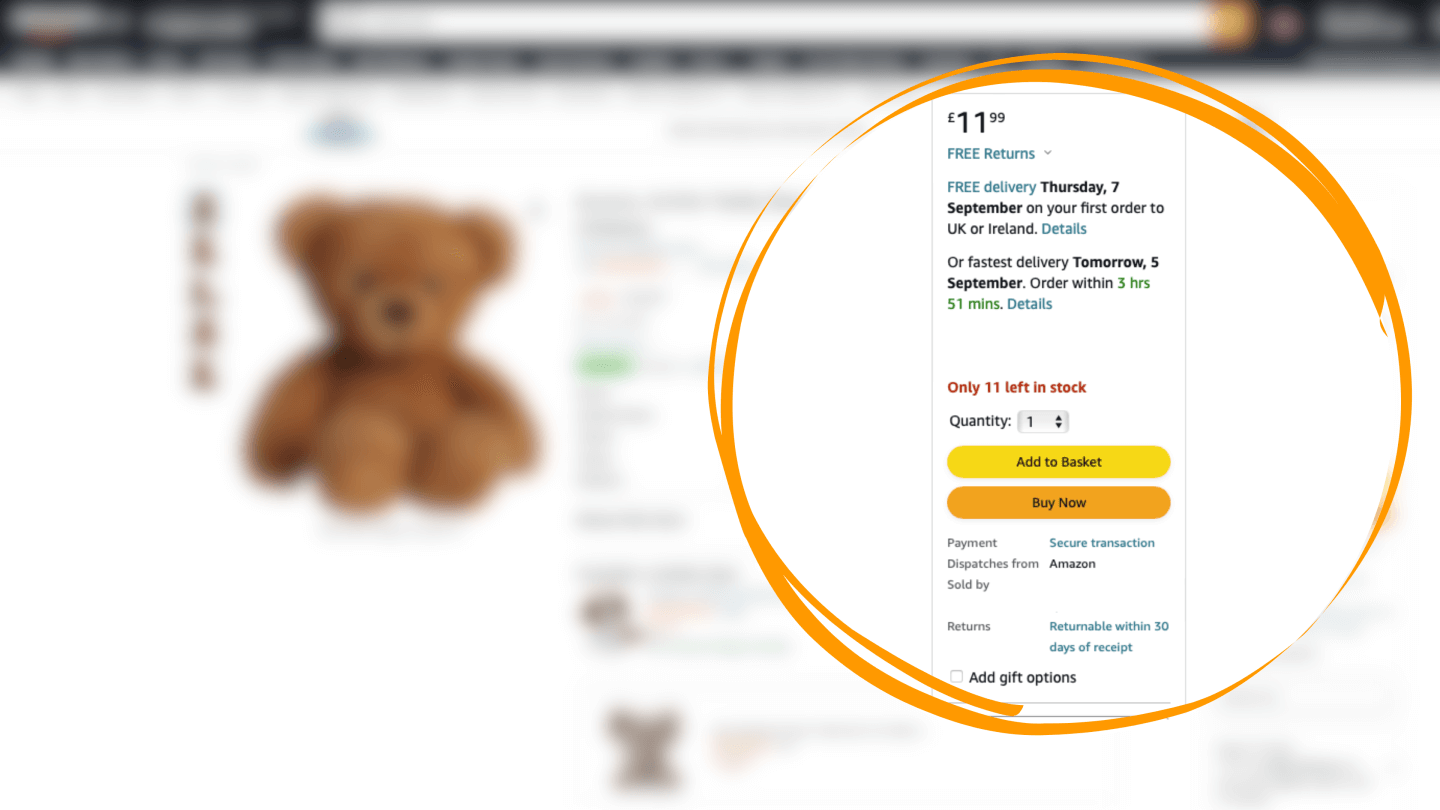Internal Team Metrics
Product Listing KPIS
Your dedicated team member(s) KPI is set to add a minimum of three items (ASINS) to your store every month. We have tools and softwares that we use to gather data to determine if an item would be a good fit for your store. Keep in mind that if your store is still new, you are more than likely still going through the ungating process, which could potentially effect this KPI. However, all in all, the goal is to add a minimum of three ASINs a month to your store.
ASIN Replinishment
If the data determines that the ASIN was a good fit for your store (meaning that the sales came in and the target gross profit margins were achieved) then we go into replinishment mode. This is where we gather further data that's collected from Seller Board and also communicate with the distributor for better pricing. We combine these two pieces together and determine how much more to purchase as we continue to grow your store.
As time passes and we continue to add three additional items (or more), the process repeats.
Store Owner KPIs
Monthly Float
Keep in mind that the monthly float (budget) you provide your dedicated team member with plays a role in the stores profitability as well. As you give your store manager a float amount each month, here are some things to consider:
When inventory is purchased, it has to be shipped from the supplier to our warehouse >> our team does a quality check, packs and then preps the item at our warehouse >> We ship the item to Amazon >> Amazon does their own processing and makes the item live >> the item sells out.
The average timeline for you to receive the initial purchase funds back along with the is 45-60 days. We have seen funds come back faster with stores that have age, but this is considered to be an average timeline.

Monthly Float needed to grow your store
The example listed below is just an average and is not a guarantee. They are not set in stone, but it's an average that we've gathered over the years in this space.
For every $10K in sales, we're going to need about $6K to fulfill orders this $10K. Now the $6k in inventory is paid ahead of time and is processed in Amazon, the more favorable terms you have with your credit card provider the smoother you're able to cashflow the storefront. If everything goes perfectly smooth, you would get back approximately $1K in gross profit.
So let's just say we sold $10K and we use $6K of your money to fulfill the orders. You would get back an additional $1K, so it would be $7K back in your pocket. *
You would multiply this for additional numbers. $20K in sales, $12K to fulfill, $2K profit. *
Disclaimer: Automated Retail Commerce, ARC Automation LLC, and our agents use benchmarks provided from historical data and experience. *Based on experience with prior and existing clients. Not a guarantee of future results. Not an investment or tax advice.
These are just average numbers to consider when giving your dedicated team member your monthly float. The average profit margin can range between 10-25%, and we give this range as we compete against other sellers on Amazon for orders. Sometimes they undercut prices, or if we need to liquidate inventory we adjust prices accordingly.
IMPORTANT NOTE: We can't generate upwards of $5k in profit your way, if you only give us $10K to work with. eCommerce is a volume based business model, so the more capital "float"you have to purchase products the further we're able to scale your store.
Key Store Milestones and Scaling Factors
Becoming Buy Box Eligible
Our goal is to make sure that you build the proper foundation during this the Probationary Period to be set up for success down the road!
When it comes to a new store, we have to work towards becoming buy box eligible.
The 'Buy Box' is wehre the majority of all sales come from since Amazon pushes great sellers with great reputation and full documentation into this part of their platform.

On average a store typically becomes buy box eligible 90 days after the first sale.
Once we get your store buy box qualified, then it's a lot easier for us to get ungated in more categories / unrestricted on items, which which allows us to grow your store.
Becoming buy box eligible will also play a major role in your store path to profitability.
Ungating Products
As your store continues to build reputation in the platform, becoming buy box eligble on the first rounds of products and having brand authorizations, we then assign the products based on what your store is eligble for.
Our team will continue helping your store ungate categories and brands for you and as you have more float available we can purhcase multiple products for your storefront.
Store Age
Alot of the factors above are the "ingredients" to the store's activity and milestones to achieve inside the platform. The factor that is not as tangible is the store age. Amazon wants to protect its customers by not letting new sellers be granted access to brands without having a great reputation. Store age is the leading factor so having a long term mindset with the eCommerce business is key.
We do not promote overnight success, as we're here for the long run and working with reputable brands that align with our strategic initiatves with our client stores.
 Help Center
Help Center